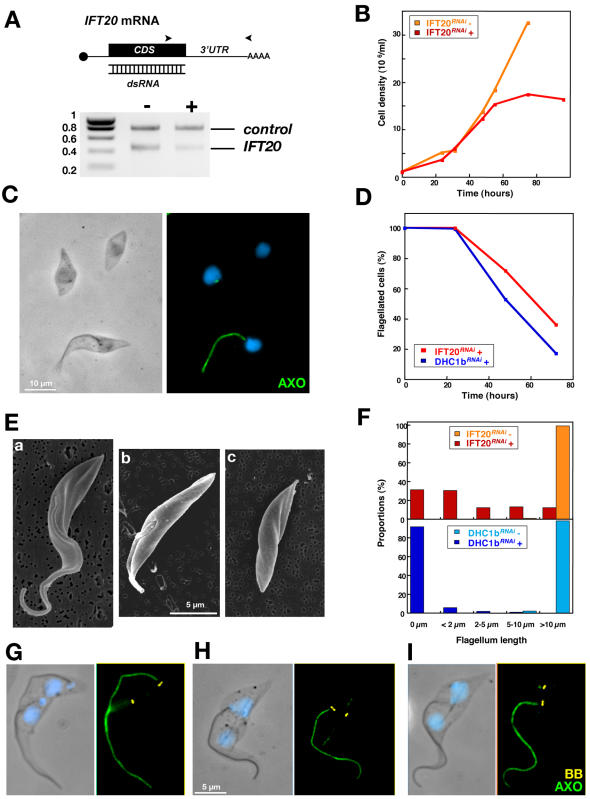Figure 1. IFT20 is required for flagellum formation and for correct basal body migration.
A. RT-PCR using aldolase and IFT20 primers (positions indicated by arrowheads) on total RNA from IFT20RNAi cells grown with (+) or without (−) tetracycline for 72 hours, showing IFT20 RNA silencing. B. Growth curve of induced (+) and non-induced (−) IFT20RNAi cells. C. Field of IFT20RNAi cells induced for 72 h and stained with MAb25 (axoneme [AXO] marker, green) and DAPI (blue) showing cells without flagella or with a flagellum of shorter length. D. Proportion of cells with a flagellum during induction of RNAi silencing in IFT20RNAi or in DHC1bRNAi (extent of DHC1b RNAi knock-down has been previously demonstrated [17]) E. Scanning electron micrographs of IFT20RNAi cells induced for 72 h illustrating three kinds of cells: with a normal flagellum (a), with a short flagellum (b) and without flagellum at all (c). F. Length of the new flagellum (when present) in bi-nucleated cells of the indicated cell lines. Cells were grouped in categories according to the indicated flagellar length. G–I. Bi-nucleated cells from non-induced (G) and 72h-induced IFT20RNAi cells (H–I) stained with MAb22 (basal body marker [BB], yellow), MAb25 (axoneme [AXO] marker, green) and DAPI (blue).

